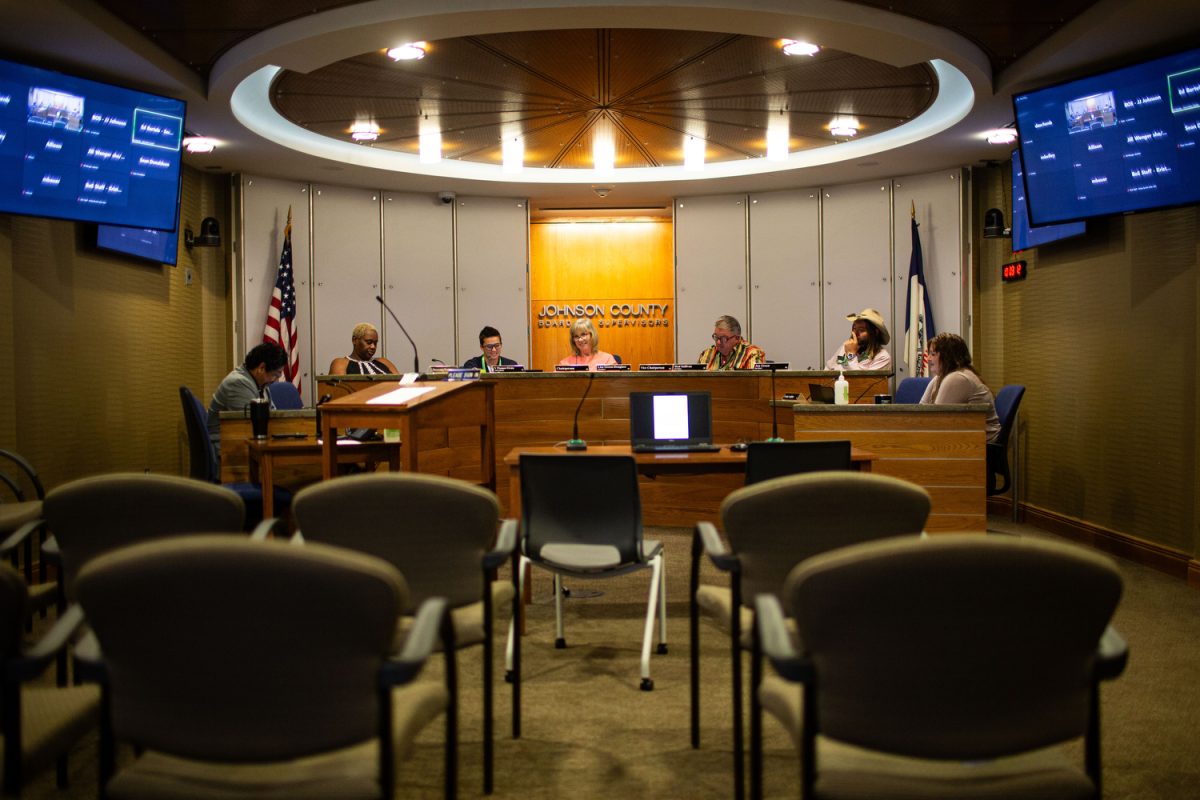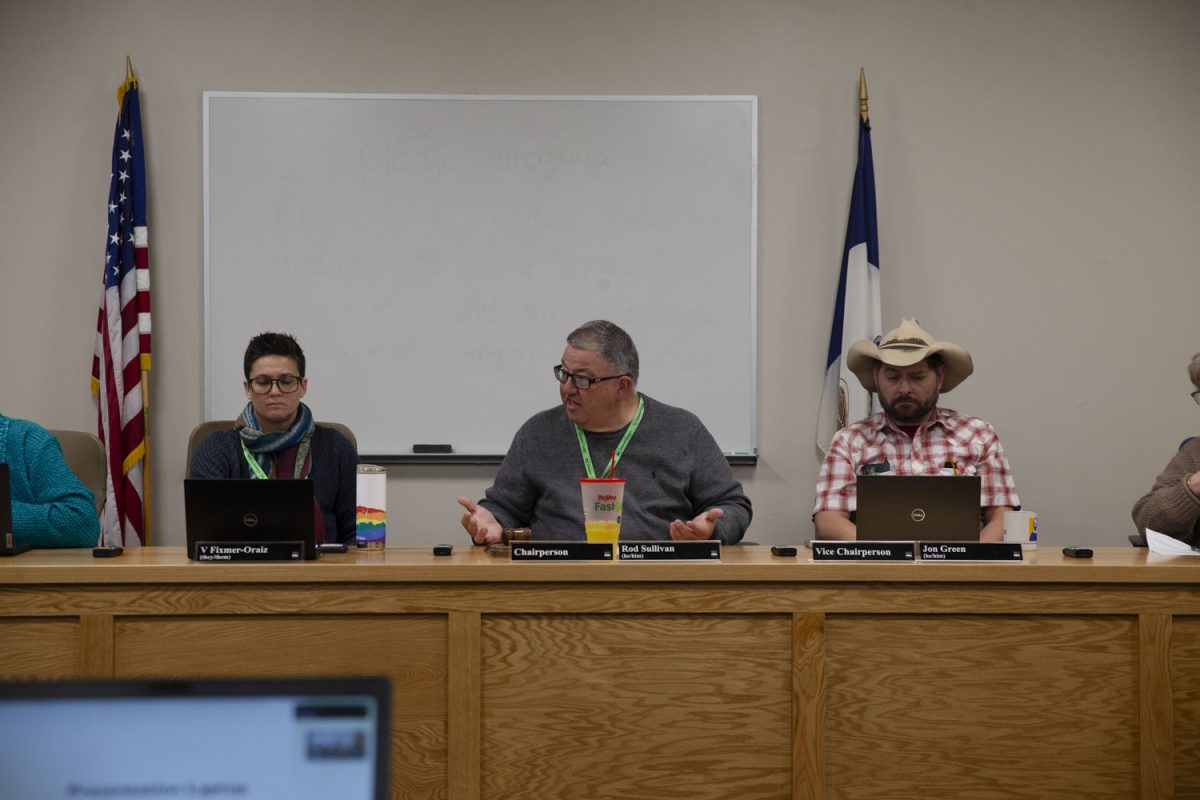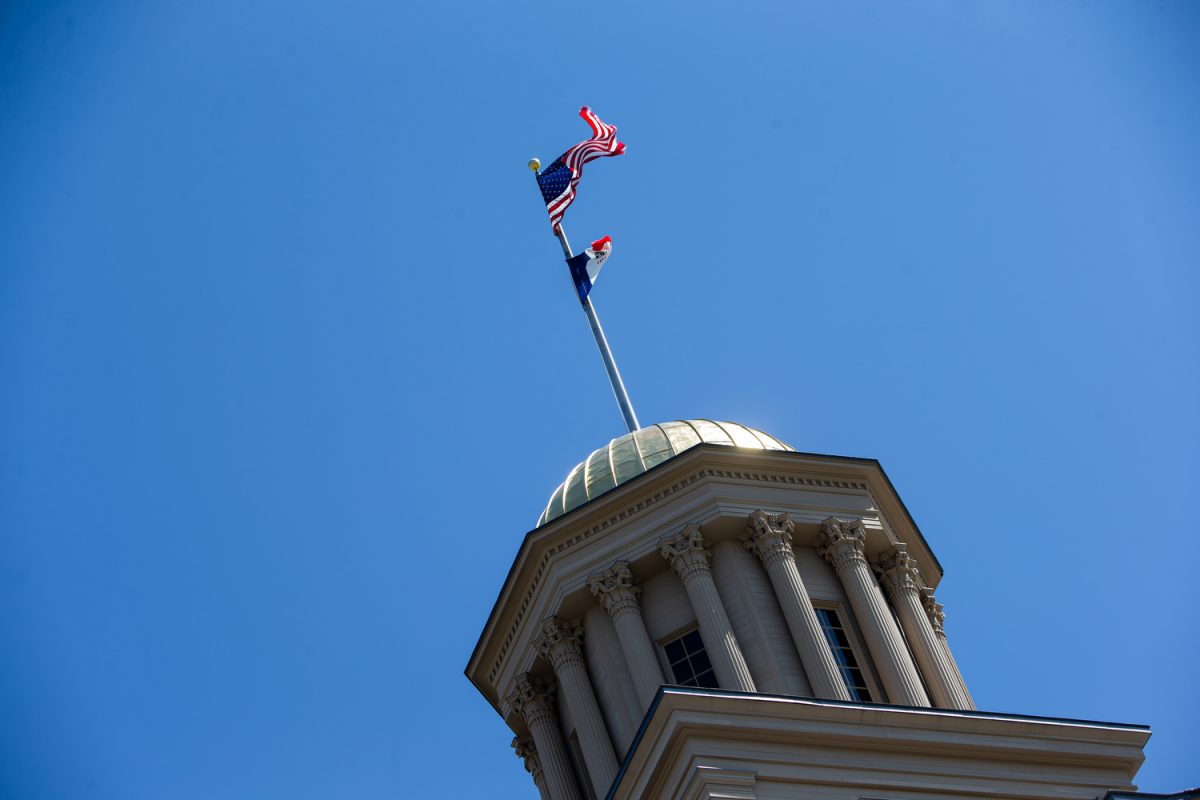The Iowa City School District property-tax rate has decreased, but district taxpayers will still see increased bills.
School Board members voted unanimously Thursday to set the 2011-12 property-tax rate at $14.59 per $100,000 of taxable property value. The rate will be 10 cents lower than this year’s.
But the state has raised residential rollback rates next year by approximately 1.6 percent, meaning district school taxes will change from $689.08 to $708.19 per $100,000.
The property tax will support an estimated $128 million in general-fund expenditures for the upcoming school year, an increase of almost $7 million over this year’s. Board members will receive an audit in June of this year’s total revenue and expenditures. The overall budget will be about $162 million, also $7 million more than last year.
While the noon meeting was open to the public, no residents spoke during the public hearing.
Board members said that while they did not want to impose higher taxes on district taxpayers, the property-tax rate was necessary because of decreasing education funding and the state Legislature remaining undecided between a 0 percent or 2 percent allowable growth rate. The former would cause a general-fund deficit of up to $6.8 million.
“It’s tough for people to come up with the same [level of] taxes, but at the same time, we have the responsibility to keep [the School District] on the same track,” said board member Toni Cilek.
“It’s a more conservative approach and a more logical action by the board at this time,” he said. “We don’t have enough information to make a different decision.”
District Superintendent Steve Murley, who recommended the $14.59 rate at today’s meeting, said he chose the option from the four presented Tuesday because of board members’ concerns that lower rates would not cover unforeseen budget expenses and diminishing state funding.
“We want to maintain as minimum a tax burden as possible on our community,” he said. “We’re hoping [the $14.59 rate] is a good balance between the bookends of a flat tax rate and the potential of 0 percent allowable growth.”
The $14.59 rate assumes tax dollars received in the upcoming year remain constant with last year, and it will also allow the board to levy the difference between the proposed allowable growth rates.
Funds from property taxes increase the district’s cash reserves but not its spending authority, or how much the state allows it to spend. While this means the district cannot use that revenue to allay the potential cuts of up to 60 employees, Murley said the board is still able to spend the $1.8 million remaining from last year’s Education Jobs Bill.
Still, he recommended the board act cautiously in budgeting for the 2012-13 school year, because Gov. Terry Branstad’s 0 percent allowable-growth proposal spans two years. That and the elimination of some federal funding has led district officials to predict a $4 million to $5 million hole in that year’s budget.
“We continue to plan for the worst and hope for the best,” Murley said.






